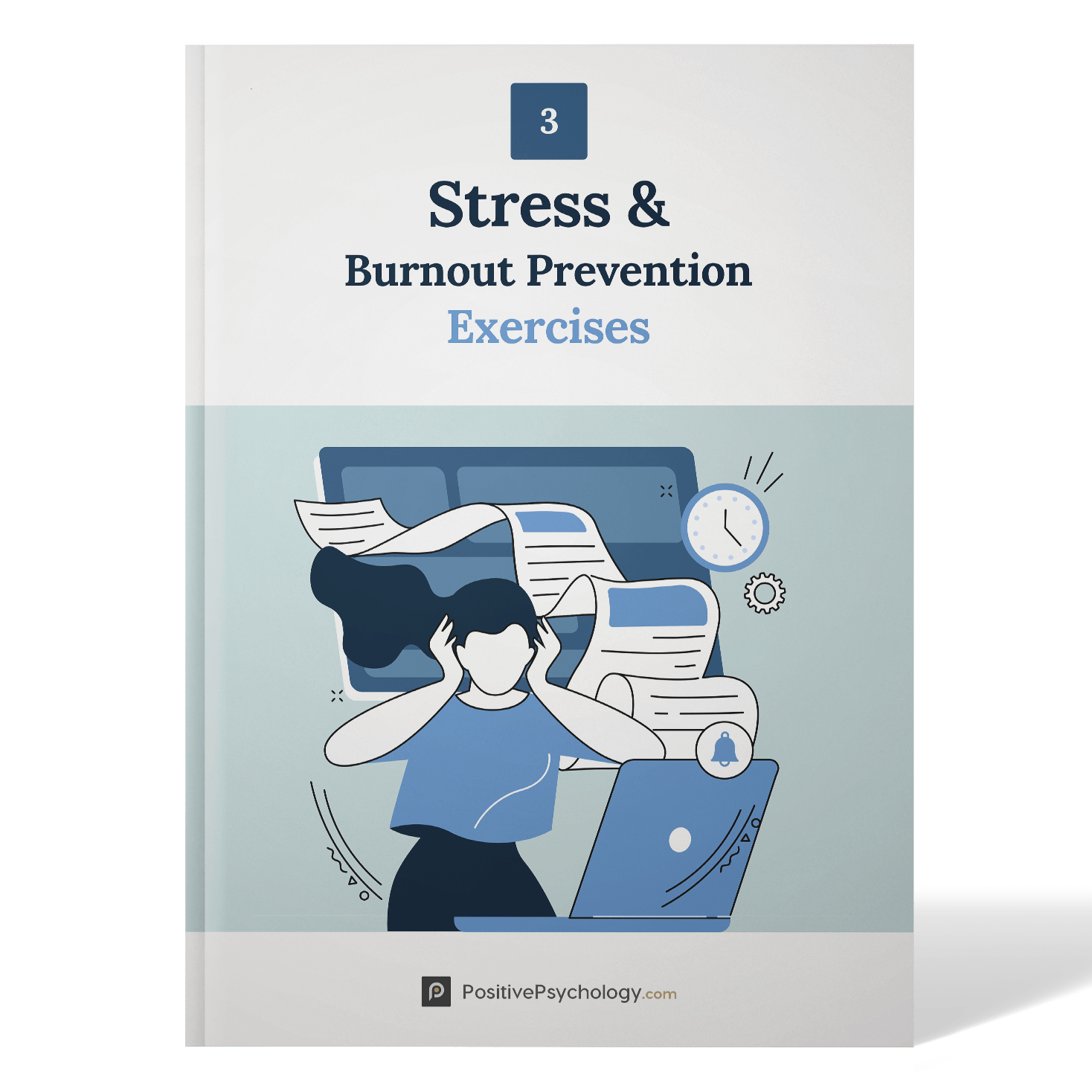
In today's fast-paced work environment, achieving a healthy work-life balance is crucial not only for individual well-being but also for maintaining productivity. Burnout, characterized by emotional, physical, and mental exhaustion due to prolonged stress, has emerged as a significant concern for professionals across various industries. It is classified by the World Health Organization as an occupational phenomenon, highlighting its relevance to workplace dynamics and individual health[5].
The Nature of Burnout

Burnout transcends mere fatigue; it manifests as chronic stress and emotional depletion. Symptoms include chronic fatigue, irritability, cynicism, reduced productivity, and various physical ailments such as headaches and sleep disturbances[3][9]. Factors contributing to burnout can be categorized into work-related issues and personal stressors. High workloads, lack of control, unclear expectations, poor work-life balance, and limited social support are significant workplace stressors[3][9][10]. Personal stresses, such as financial difficulties and family responsibilities, further exacerbate the situation[3].
Recognizing the Signs of Stress
Recognizing early signs of stress is crucial for both individuals and managers. Symptoms can vary widely, but they often include feeling drained, decreased job satisfaction, lack of motivation, and emotional detachment[4][7]. Several studies indicate that employees exposed to high levels of stress are likely to experience burnout[6][10]. Therefore, being aware of these symptoms can lead to more proactive measures against chronic stress and burnout.
Strategies for Prevention
Establishing Boundaries
Setting clear personal and professional boundaries is essential for maintaining a balanced life. Boundaries help differentiate work time from personal time, preventing work from encroaching on personal life[2][8]. This includes specific work hours, unplugging from work-related communications after hours, and fostering a culture where time off is respected[2][8]. Managers play a vital role in modeling these behaviors and creating an environment where taking breaks and personal time is encouraged[10].
Avoid Distractions
Minimizing distractions can enhance focus and productivity, reducing the likelihood of burnout. Tools like AskPandi can help you navigate the web without distractions and be more focused.
Prioritizing Self-Care

Engaging in self-care is a foundational aspect of preventing burnout. Self-care can encompass various activities, such as exercising, maintaining a balanced diet, and pursuing hobbies or interests outside of work. Regular breaks throughout the day allow individuals to recharge and maintain focus[2][4][9]. Mindfulness practices, such as meditation and deep breathing, can also mitigate stress and foster emotional awareness[7][8].
Regular Assessments
Regularly assessing workload and stress levels is vital for sustaining a healthy balance[2][9]. Individuals should evaluate their responsibilities and ensure that they are manageable. If workloads become excessive, discussing expectations with supervisors to realign responsibilities can help restore balance[2][8].
Building Support Networks
A strong support system—comprising family, friends, and colleagues—is instrumental in alleviating stress[2][5]. Organizations should cultivate a supportive culture where employees feel comfortable sharing their challenges and seeking help. This supportive atmosphere can diminish feelings of isolation often associated with burnout, fostering overall well-being[5][9].
The Manager's Role
Effective management practices are crucial in cultivating an environment that minimizes burnout risk. Managers should engage in open dialogues with their teams about workloads, stress levels, and overall job satisfaction. Providing clear expectations, feedback, and support can foster a sense of belonging and connection, which counters feelings of burnout[10]. Moreover, helping employees identify and leverage their strengths can enhance engagement and productivity while reducing stress[10].
Creating a Balanced Culture
Organizations must prioritize wellness as part of their culture. When workplace practices promote long hours and constant availability, employees are more likely to experience burnout[10]. Companies should invest in initiatives that encourage work-life balance, such as flexible work options and wellness programs, to create a healthier culture[10].
Conclusion

In summary, maintaining a healthy work-life balance is vital for productivity and overall well-being. Recognizing the signs of stress and implementing strategies to prevent burnout can significantly improve individual health and job satisfaction. Establishing clear boundaries, prioritizing self-care, fostering support networks, and cultivating supportive management practices are essential steps for both individuals and organizations. By taking proactive measures, professionals can navigate the demands of the modern work environment without compromising their health or happiness.
Get more accurate answers with Super Pandi, upload files, personalized discovery feed, save searches and contribute to the PandiPedia.
Let's look at alternatives:
- Modify the query.
- Start a new thread.
- Remove sources (if manually added).